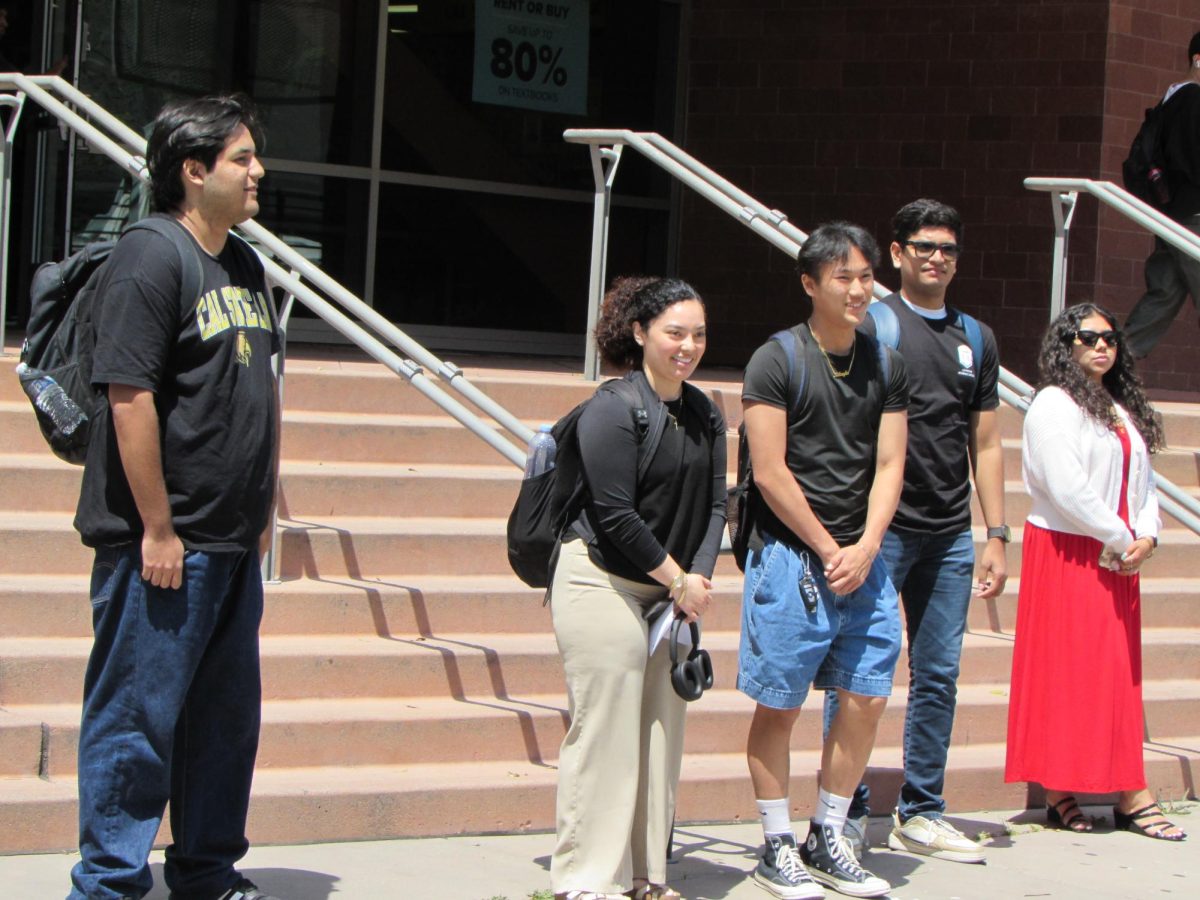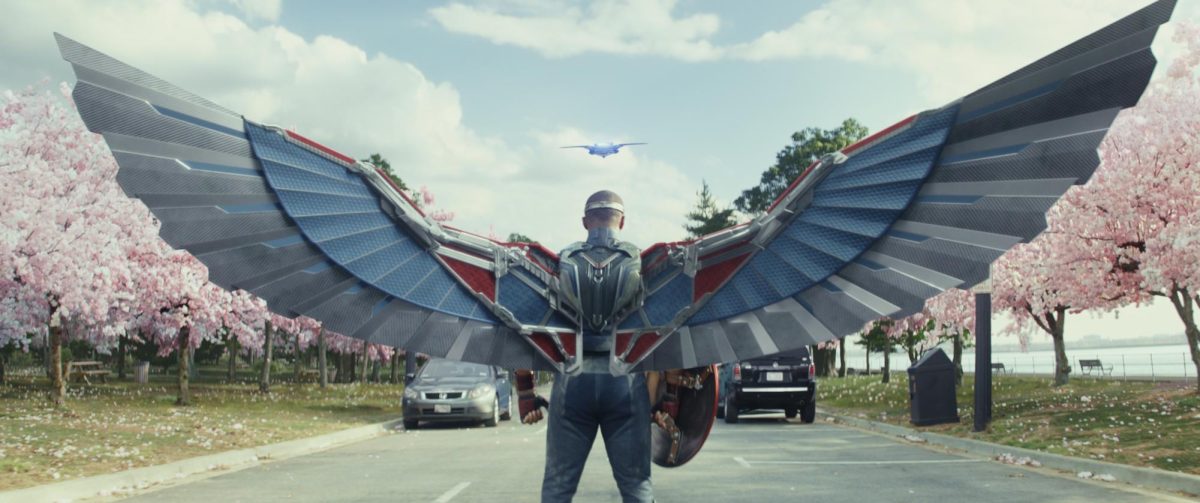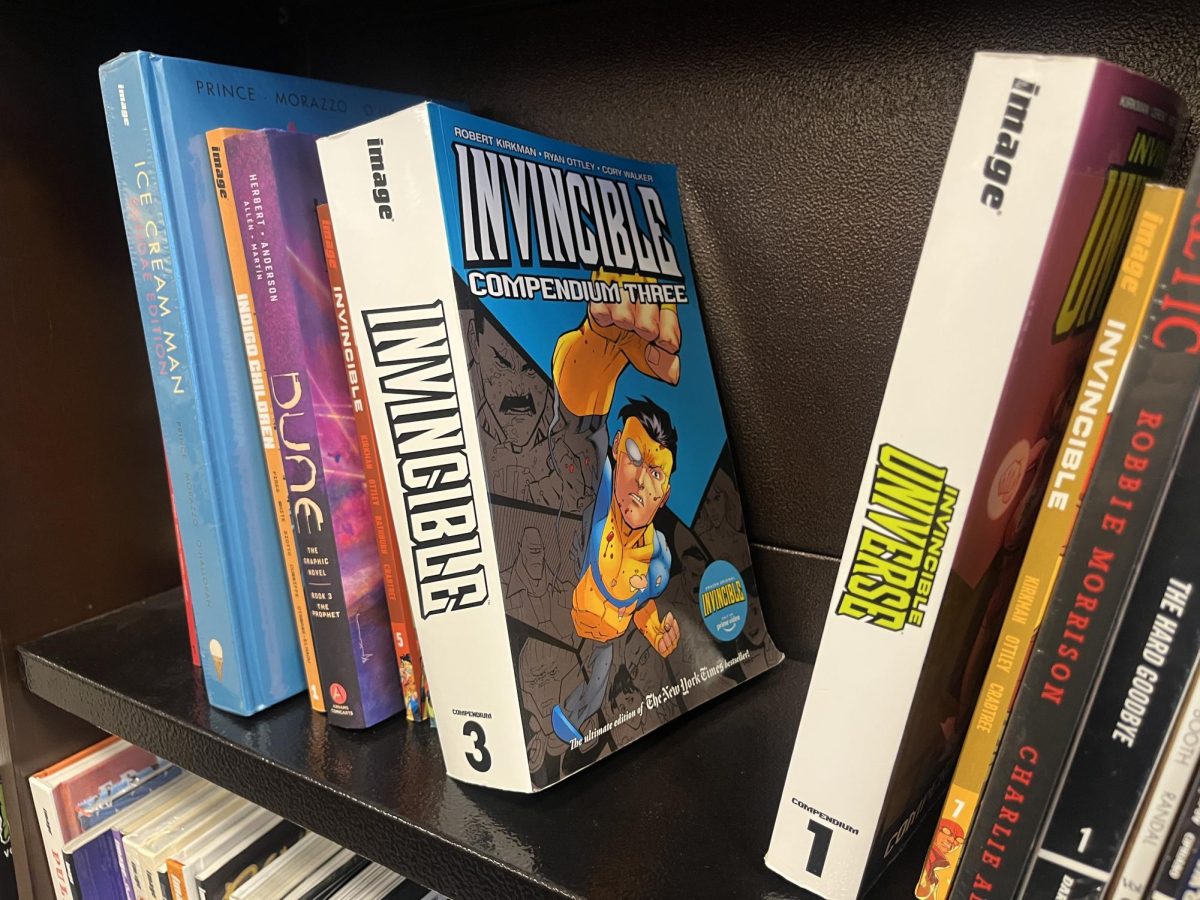In 2013, Cal State LA started what was sure to be a promising garden across from La Kretz Hall, by where the greenhouse currently is.
In fact, the Student Dietetic Association’s “Eatatorial” featured the new garden in its spring 2013 issue.
“The opening of the garden is just the beginning, and there are many plans in the works for the future,” Kathryn Strickland, a student at the time, wrote.
It opened with the mutual efforts of the environmental policy group and Associated Students, Inc. (ASI). Maja Broz, now a professor in the nutritional science department, was appointed chair, proving to be instrumental. Cal State LA would finally join the rest of the Southern California CSUs in what was and is a painfully obvious and basic aspect of a large public college. Sadly, in 2016, despite Maja’s best efforts to pass the reins to someone interested in maintaining the edible plot, the garden ceased to exist and was handed back to the biology department.
Edible community gardens provide hands-on knowledge of how our most nutritious food is grown and harvested. At the same time, they create links between local ecology, environmental sustainability, and physical and mental health. Gardens dispose of waste through composting and soil building, grow nutritious foods native to our environment and specific to our climate and inspire and empower members of our community to grow food at home.
A community garden on campus would provide these basic life skills that students can utilize individually and within communities to improve food access. In a campus and a city that is plagued with food insecurity, where nutritious, organically grown produce is astronomically expensive or just plain inaccessible, knowing how to grow our own food is an imperative human right. An edible garden needs to be a resource and part of our CSU experience, especially as students become prepared for careers in the nutritional field and beyond.
In 2018, a study of Basic Student Needs was published by a CSU Long Beach professor in the school of social work, Rashida Crutchfield, to address the ongoing food insecurity that Cal State students face. Food insecurity is defined by a lack of access to healthy, nourishing food on a consistent basis.
The study found that 20 percent of all Cal State students reported low food insecurity, while 21.6 percent reported very low food insecurity for a total of 41.6 percent of our population.
The food pantry, heavily discounted prices at Everytable, CalFresh application support, and the meal-sharing program in student housing are on-campus programs that attempt to rectify this issue.
This is a good start; however, food access is a multifaceted issue. Free boxed pasta and canned beans, among other food options, only account for one aspect–not only the food insecurity issue but a well-rounded diet. As dietitians-to-be and nutrition educators, we promote and advocate for at least three-and-a-half cups of fruits and vegetables a day, and that accessibility starts with information and education. Part of our role in the healthy eating world is to know about the food system and where vegetables originate before they make it onto supermarket shelves.
Cal State LA professors Samantha Karim, Kathryn Hillstrom and Broz have been working the last two years to bring our garden back, but more so to install a new, visible garden for students. It would serve as the lab aspect to a community garden and a food access class offered through the nutritional science department, as well as a space for students to congregate and relax.
Karim and Hillstrom attended monthly meetings with the Student Affairs Office to propose this service but the request needs to come from the students as we envision our next steps.
Most, if not all, of the other CSUs have community gardens that are integral parts of their campuses. Cal State Long Beach and Cal State Northridge both have huge thriving gardens that are integrated into their teaching curriculums and are maintained by active garden clubs, classes and volunteer students.
At Cal State LA, it often feels like we’re operating on a shoestring budget, and we accept that because we understand the economy is tight. There are constant political battles around the state of public colleges, and we accept not having basic things like a garden because we’re grateful to not have to pay upwards of $50,000 a year to attend the neighboring private campus of USC.
But, it doesn’t have to be this way. A recent L.A. Times article cited $1.5 billion extra dollars found in CSU funds during a recent audit. With grants, funding and student support, we can make it happen.












